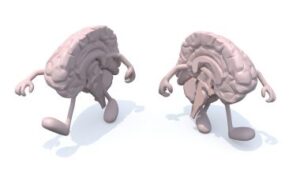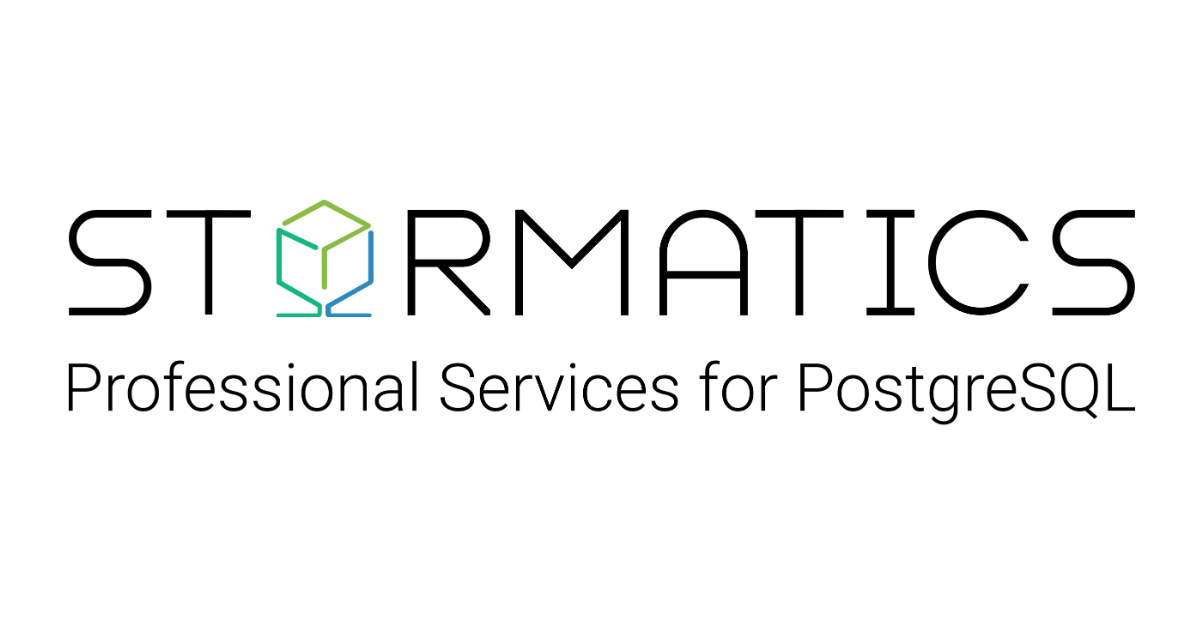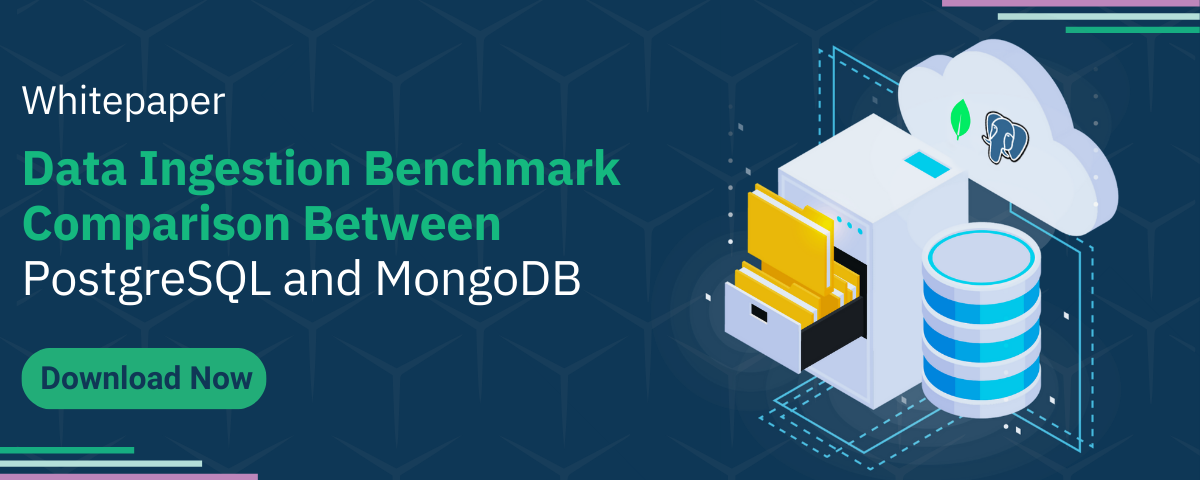 Split brain is a term used to describe a scenario where a highly available system, such as a PostgreSQL cluster, becomes fragmented due to a network partition. This means that the nodes in the cluster lose connectivity with each other, and each node believes that it is the primary node responsible for serving requests. In such a situation, it is critical to resolve the split-brain quickly to ensure that the cluster operates as expected.
Split brain is a term used to describe a scenario where a highly available system, such as a PostgreSQL cluster, becomes fragmented due to a network partition. This means that the nodes in the cluster lose connectivity with each other, and each node believes that it is the primary node responsible for serving requests. In such a situation, it is critical to resolve the split-brain quickly to ensure that the cluster operates as expected.
In this blog, we will discuss the split-brain phenomenon in a highly available PostgreSQL setup, its causes, and how to prevent it.
What is Split-Brain?
Split-brain is a condition that occurs in a highly available cluster when the nodes in the cluster lose connectivity to each other but continue to function independently. This can lead to multiple nodes attempting to manage the same resource simultaneously, resulting in conflicting decisions and a state of inconsistency. For example, two nodes in a cluster may both believe that they are the master node, leading to data inconsistencies and possible data loss.
What Causes Split-Brain?
Several factors can cause split-brain in a highly available database setup, including:
- Network Issues: Network issues such as network congestion, firewall misconfigurations, or routing errors can cause communication breakdowns between nodes.
- Hardware or Software Failure: Hardware or software failures, such as disk or memory failure or operating system crash, can cause nodes to lose connectivity and operate independently.
- Configuration Errors: Incorrect configuration of cluster settings or software configuration can cause nodes to behave differently, leading to data inconsistencies.
- Human Error: Human error, such as accidentally disconnecting a node from the network or misconfiguring the cluster, can also cause split-brain.
How to Prevent Split-Brain?
Preventing split-brain in a highly available database setup requires a combination of strategies, including:
- Quorum-based Voting: One of the most effective ways to prevent split-brain is to use a quorum-based approach to determine the primary node. In this approach, a majority of nodes must agree on the primary node before it can be elected. It involves setting up a quorum of nodes that must be available before the cluster can function properly. If the number of available nodes falls below the quorum, the cluster will stop functioning until the quorum is restored.
- Split-Brain Resolver: Another approach to preventing split brain in a PostgreSQL setup is to use a split-brain resolver. A split-brain resolver is a software component that detects split brain and takes appropriate actions to resolve it. It can be configured to automatically select a primary node, shut down some nodes, or merge the data from different nodes.
- Network Segmentation: Network segmentation involves physically separating the nodes into different networks to prevent network congestion or failures from affecting the entire cluster.
- Redundancy and Failover: Redundancy and failover mechanisms ensure that the cluster can continue to operate even if one or more nodes fail. This approach prevents a single point of failure and reduces the risk of split-brain.
- Proper Configuration: Properly configuring the cluster settings and software can prevent split-brain caused by configuration errors. This includes ensuring that the nodes have the same configuration, using the correct network settings, and setting up proper authentication and authorization.
Resolving Split-Brain
If split-brain occurs despite preventive measures, there are several ways to resolve the issue:
- Use a Witness Node: A witness node is a third node that can act as a tie-breaker in the event of a split-brain condition. When split-brain occurs, the witness node can decide which node should continue to function as the master node and which nodes should be shut down.
- Use a Consensus Algorithm: A consensus algorithm can be used to ensure that all nodes in the cluster agree on a single course of action. For example, the Paxos or Raft algorithm can be used to ensure that all nodes agree on which node should be the master node.
- Manually Resolve the Split-Brain Condition: In some cases, it may be necessary to manually resolve the split-brain condition. This can involve shutting down nodes that are in a split-brain state or manually promoting a standby node to a master node.
Examples of PostgreSQL Tools
Several PostgreSQL tools exist that can prevent or resolve split-brain:
- Patroni: Patroni is a PostgreSQL high-availability solution that uses a quorum-based approach to ensure cluster consistency. It also includes split-brain detection and resolution mechanisms.
- Pgpool-II: Pgpool-II is a clustering tool for PostgreSQL that includes a connection pooler and load balancer. It can be used to implement a quorum-based approach and a split-brain detection mechanism.
- Repmgr: Repmgr is a PostgreSQL high-availability solution that includes a quorum-based approach and a split-brain detection mechanism. It can also be used to manually resolve split-brain situations.
A more abstract view of highly available PostgreSQL and its challenges is available in my previous blog: High availability made easy: A 100,000 ft view of auto failover in PostgreSQL.



